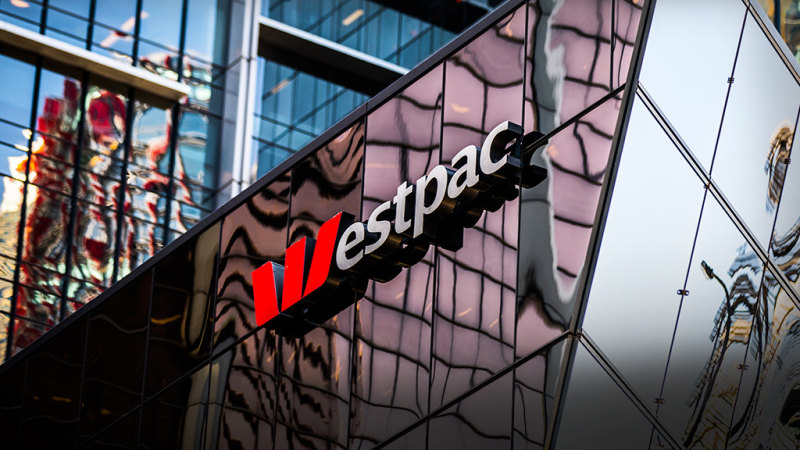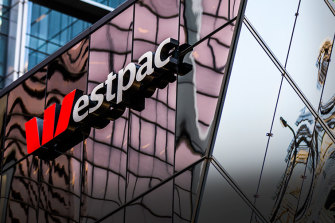Westpac is considering a spin-off of its New Zealand bank in response to the country’s tougher capital requirements, a move that could create a separate business worth more than $10 billion.
As chief executive Peter King looks to simplify the country’s oldest lender, Westpac on Wednesday said it would assess whether a demerger of the Kiwi operations made sense for shareholders. It has appointed investment bankers from Macquarie to conduct the review, which is likely to attract attention from the market at its half-year results in early May.
Westpac said it would consider whether a spin-off of its New Zealand business was in the best interests of shareholders.
Australia’s big four banks dominate New Zealand’s banking market, with Westpac operating in the country for more than 160 years and obtaining about 15 per cent of its total profit from across the Tasman.
However, Westpac pointed to the Reserve Bank of New Zealand’s move to ratchet up capital requirements for the big four in recent years, a change that analysts have predicted will drag on returns.
“The business continues to perform well with a strong position in retail and commercial banking. However, given the changing capital requirements in New Zealand and the RBNZ requirement to structurally separate Westpac’s NZ business operations from its operations in Australia, it is now appropriate to assess the best structure for these businesses going forward,” Westpac said.
If Westpac were to go ahead with a demerger and seek to create a separate listed bank on New Zealand’s stock exchange, which would require extensive regulatory approval, it would be a landmark deal in the local sector.
Velocity Trade analyst Brett Le Mesurier estimated Westpac’s NZ banking arm would be worth more than $10 billion, and said it made comparable returns to the wider group. He said the review still made sense for the bank, given the unfavourable changes in capital rules across the Tasman in recent years.
“It’s surprising given that the bank makes a good return for Westpac in normal circumstances, but you have to overlay on that the increased regulatory requirements from the RBNZ, which makes it reasonable to consider whether the current ownership structure is the right one,” Mr Le Mesurier said.
Morningstar analyst Nathan Zaia said he was surprised by the potential for spin-off, which would in effect mean handing the bank to the same shareholders who already own it. He said a sale could be a better option if Westpac found a buyer willing to pay a premium, though competition regulators may prevent its largest rivals from acquiring the unit.
“I think they might be able to get more value out of it if they can sell it to someone who could extract some cost synergies,” Mr Zaia said.
Evans and Partners analyst Matthew Wilson noted Westpac chairman John McFarlane was keen for the bank to focus on its core, and said the relatively small size of the NZ equity market suggested there would be demand for increased market capitalisation in the country. “It doesn’t surprise me that Westpac are considering this option, given the chair’s focus on core capabilities,” Mr Wilson said.
‘I think they might be able to get more value out of it if they can sell it to someone who could extract some cost synergies.’
When the RBNZ announced its toughened capital rules in late 2019, it said the changes were aimed at protecting the country’s economy from a financial crisis, but some analysts said it would create a further “headwind” for shareholder returns.
Meanwhile, the RBNZ on Wednesday also ordered Westpac to conduct two independent reviews and to hold more liquid assets, due to problems with its risk governance and liquidity risk management. Westpac said these would also be considered in the review of the business.
Westpac shares fell 1 per cent to $24.19 on Wednesday.
Market Recap
A concise wrap of the day on the markets, breaking business news and expert opinion delivered to your inbox each afternoon. Sign up Here.
Most Viewed in Business
From our partners
Source: Read Full Article

